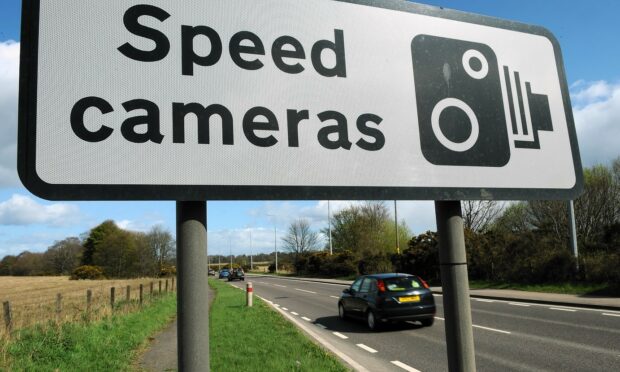A solicitor dubbed “Scotland’s loophole lawyer” has urged Highland citizens to complain to police about the speed camera scandal.
The Press and Journal revealed this week that that the locations of camera vans have not been updated since July last year due to “system difficulties” with new websites – breaching guidlines.
But while road traffic lawyer Graham Walker said the breach would not get people out of speeding tickets, he said disgruntled people should submit a complaint to police if they are concerned about it.
Camera van locations are supposed to be made public online and in the media in advance of enforcement being carried out.
Earlier this week, North speed camera campaigner Mike Burns claimed that motorists should be refunded because of the breach of guidelines.
Glasgow-based solicitor Mr Walker, who specialises in road traffic cases, said: “Like all good stories there is some merit in what Mike Burns claims. However the Scottish courts have made it abundantly clear in the past that ‘guidelines’ are exactly that, merely ‘guidelines’ and are not the law and are not regulations that the police require to follow.
“They do not need to be followed by the police as they are merely advisory and people do not have a justifiable claim to repay any fines they have paid.
“I would agree with Mike Burns in that the police should be held to account and that members of the public should make their complaint known regarding any police failure to follow guidelines.”
He said that the theory behind publishing speed van details in advance was that they would act as a deterrent against speeding in itself and is “best practise” for the police.
He added: “I do not say police guidelines are not important. I consider them to be a very important way for the citizens of our country to insist upon best practise but it is wrong to think that these guidelines have the force of law behind them.
“All that a disgruntled citizen can do is make a complaint to the police that their own guidelines have not been followed and I would consider that the police may be likely to listen to such a complaint where it comes from a citizen who simply wants to enjoy private life in our society rather than a person who has committed a criminal offence, speeding.”
The police have previously said that the website issue had emerged during the process of creating the North Safety Camera Unit out of local partnerships.
A new website is currently under construction and is due to be launched soon.










